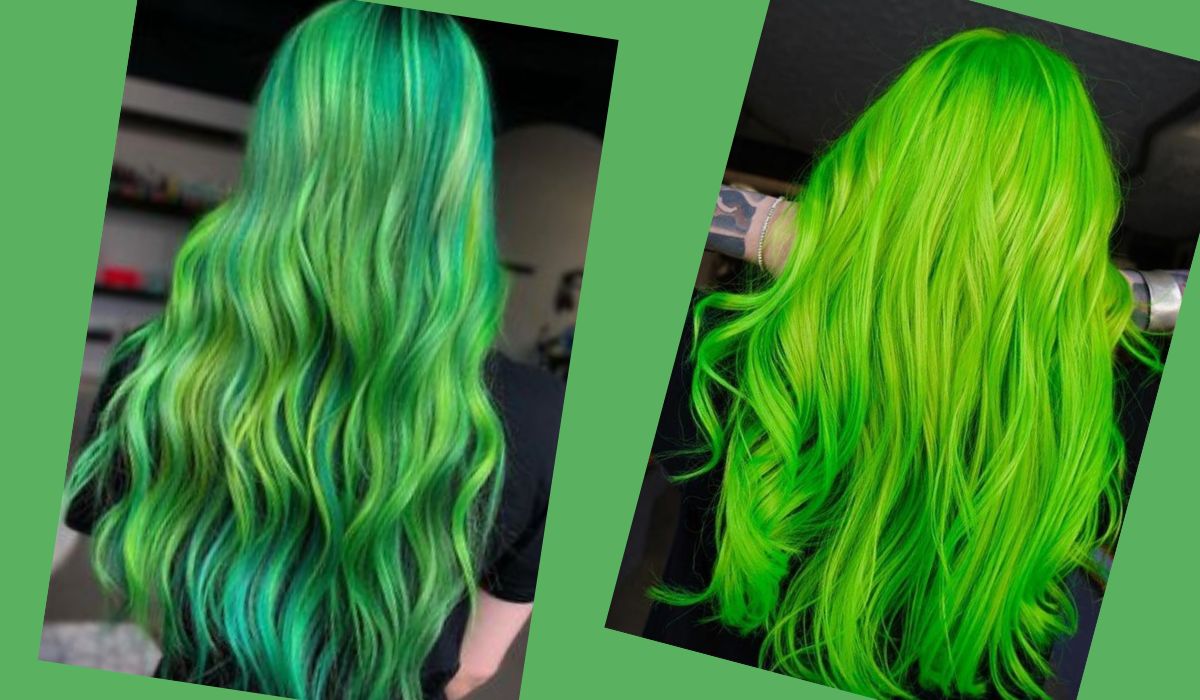The beauty and hair care industry is always developing, and eco-friendly options are starting to gain popularity. People are looking for environmentally friendly alternatives to once chemically intensive procedures like hair bleaching as concerns about the planet’s health increase. Thus, the idea of “green bleach” for hair has emerged, which is a revolutionary method that incorporates hair lightening with eco-friendly substances and procedures. This article delves into the world of green hair bleach to examine its uses, components, and methods of application.
Understanding Green Bleach: What Sets it Apart?
Chemicals used in conventional hair bleaching are typically harsh and harmful to both hair and the environment. However, green bleach takes a more comprehensive approach by using only non-toxic, environmentally safe components. These components reduce the potential for harm to the hair and the environment when compared to more traditional bleaching procedures.
Benefits of Green Bleach
- Reduced Chemical Exposure: Reduced Skin Irritation and Other Reactions from Exposure to toxic Chemicals. Green bleaches often avoid or minimize the use of toxic chemicals like ammonia and parabens.
- Eco-Friendly Ingredients: Green bleach relies on all-natural components like plant extracts, organic oils, and mild brighteners. When compared to their synthetic analogues, these components are biodegradable and less harmful to the ecosystem.
- Hair Health: Green bleaches are better for your hair since they are formulated with moisturizing ingredients that nourish your hair while you lighten it, leaving it feeling smoother and less likely to break.
- Sustainable Practices: Green bleach uses only natural components, but it also prioritizes eco-friendly production and packaging to lessen its impact on the environment.
Key Ingredients in Green Bleach
- Kaolin Clay: Often used to gently lighten hair without causing any damage, kaolin clay is known for its natural absorption qualities that help lift impurities.
- Chamomile Extract: To lighten hair without the harsh effects of chemical bleach, try chamomile extract, a popular natural lightening agent.
- Coconut Oil: Because of its high fatty acid content, coconut oil prevents bleaching from overly drying out the hair.
- Lemon Juice: Using the lemon juice’s natural acidity, hair can be gradually lightened when exposed to sunlight over time.
Application Techniques for Green Bleach
- Clay-Based Masks: Kaolin clay-based masks can be used to damp hair to absorb excess oil and lighten hair over time. Those seeking soft, sunkissed accents may appreciate this technique.
- Chamomile Rinse: Make a pot of chamomile tea, let it cool, and then use it to rinse your hair after shampooing. Hair color can be gradually lightened with continued application.
- Oil-Infused Treatment: Coconut oil and a mild bleaching agent make for a conditioning treatment that not only lightens the hair but improves its health in the process.
- Sunlight Activation: Activating the sun’s rays, applying lemon juice on your hair and then letting it dry in the sun can gradually lighten your hair. However, care must be taken because prolonged exposure to the sun can cause hair to deteriorate.
Conclusion
The trend toward eco-friendly products in the cosmetics business is greatly appreciated, and this holds true even in the field of hair care. When compared to conventional bleaching techniques, green bleach for hair is a more sustainable and ethical option that still achieves the necessary level of lightening without compromising hair health or the environment. Green bleach is a shining example of how aesthetics and sustainability can coexist, at a time when people are increasingly looking for methods to reduce their environmental effect.











